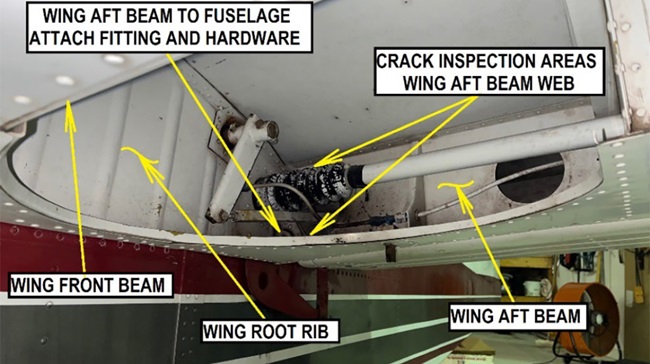The diesel engine has been around a long time. It was patented in 1893 by Rudolf Diesel and used on Zeppelins and aircraft in the 1930s. Today diesel aircraft engines operate on jet fuel. While jet fuel is heavier, you need less of it by volume compared to aviation gasoline (avgas). Diesel engines make a lot of sense where avgas is scarce or costs two to four times more than avgas in the United States. The diesel engine has no spark plugs—marking the primary difference between it and a gasoline engine.

Compression of air generates a lot of heat—in a diesel, that amounts to 1,300 to 1,600 degrees Fahrenheit. Introduce jet fuel into that environment and it burns, driving the cylinder of a diesel engine. A connecting rod transmits the motion of the cylinder to a crankshaft to produce energy for turning a propeller.
In cold climates such as Alaska or even states that border Canada, winter temperatures at the surface can drain the heat out of a cylinder, making the engine difficult to start. The same is true at higher altitudes in all seasons. Ways to counter the problem include heating incoming air. Glow plug heaters aid in engine start.
Most experts believe diesel’s time has come for everyone except the United States. U.S. airframe manufacturers expect diesel customers to be overseas—especially in Africa, where avgas prices reach $20 per gallon.



